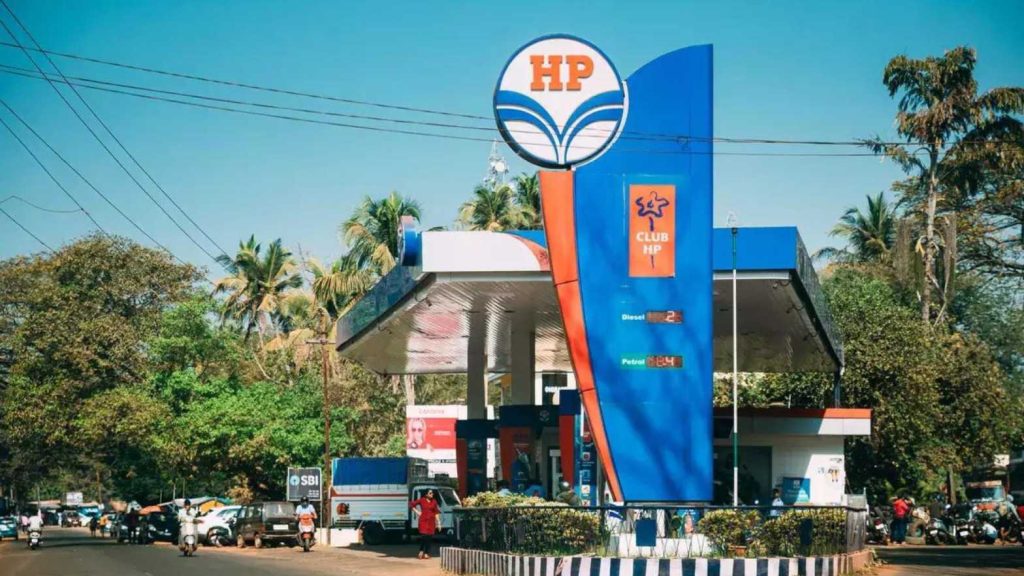
Eco-friendly Architectural Practices
The public has been educated on the need to change certain aspects of our lives to save the environment. Parts of it include planting new trees, sustainable practices, and prevention of bush burning and deforestation. Builders, architects, and building developers have been enjoined to practice environmentally safe building methods. Many Australian architects like Enrico Conti have utilized eco-friendly architectural designs in their works. He has built sustainable, eco-friendly houses in rural and urban Australia. He resourcefully utilizes raw materials to build durable and energy-efficient houses.
Public buildings are now built with sustainable materials to achieve the sustainable housing goals of the Australian government.
Table of Contents
What are Eco-friendly Architectural Practices?
Sustainable Architectural practices are architectural methods used by architects to reduce environmental pollution caused by builders. These methods encourage efficient and moderate use of energy, resources, building spaces, and the environment. Reduced consumption of energy and conservation of the ecosystem is at the forefront of Australian architects.
Eco-friendly designs are meant to efficiently utilize available resources to prevent wastage and environmental degradation. Excess consumption of resources will cause scarcity, thus leading to the depletion of the ecosystem. Human lives will not be the same.
Sustainable building practices mean providing quality durable buildings without destroying the environment. Architects should be able to strike a balance between humans and the environment. The buildings should be self-sustained, ecologically friendly, and last long. Enrico Conti, like many others, is conscious of preserving the ecology.
Eco-friendly Architectural Practices
These are the guidelines that architects may follow to build sustainable houses.
Rainwater Management
Rainwater that falls on plain land with no building isn’t evaporated in the soil. It’s different though when rainwater falls on land with buildings located near the road, sidewalk, and so on. The water flows off the areas into the available drainage systems. Implement stormwater control systems like good drainages, pavements, and ponds that can retain water. The retained water would then be gradually released back to the soil. This will prevent the destruction of roads, buildings by accumulated water.
Source for Local Landscaping Materials
Landscapers can protect the environment by reducing water, energy, and resources consumption. Local floras and trees that can minimize irrigation should be used for landscaping. Sustainable landscaping methods may be categorized as passive design techniques. Planting trees that provide shade to the windows and roofs will reduce the heat in summer.
Passive Eco-Friendly Designs
Passive design methods take the position of the sun and the climatic conditions of an area into consideration. Sunlight position influences window placements and air ventilation. When windows are strategically and properly placed, air will properly circulate and reduce heat especially during the summer season. This will reduce the amount of electricity consumed when using a fan or AC to cool the room(s) with artificial air.
Thermal Mass methods are also another passive alternative of reducing energy consumption. External conditions are prevented from entering the inside of buildings to reduce the energy consumption of ventilators(AC, fans). In the winter season, insulated walls will soak in the heat from sunlight in the daytime and circulate it into the room(s) at night.
Use of Renewable Resources
Architects should endeavor to use renewable energy from natural sources like wind, sun, and water. Although they are energy-efficient methods, they are most times combined with passive designing methods. The solar panel is an alternative way of generating electricity. The panel absorbs sunlight when the sun is up and converts it into electricity for use. You can use them to charge your phones and electrical devices. They can also be used for water boilers that bring hot water in winter.
Non-Passive Eco-Friendly Designs
These are active methods employed by architects to build highly efficient buildings. Electrical engineers and mechanical engineers are actively involved in projects like these. HVAC systems and other energy-saving appliances are used to implement this design method. These systems leave little to no carbon footprint.
Use of Eco-Friendly Materials
The use of eco-friendly building materials and finishing touches must be incorporated. Architects should patronize vendors that sell sustainable building materials and use sustainable methods to produce these materials. The materials must be recyclable or renewable and durable.
Use Energy-Saving Methods
Energy-saving structures should be put in place to aid sedentary heating structures. It will also manage water consumption, help to ventilate or cool the room when needed. Use of taps that have low-flow density, appliances that recover energy, and heat save energy. They have to be integrated into the building structure by highly skilled professionals.
Build Responsibly
Avoid building excessively. Build what you need. Excessive building usually occurs when renovations are done. If it’s possible, retain the existing structure, reuse materials, and make use of the available space. This way, architects will be able to manage resources and reduce excesses. They need to balance the quality of the materials used to make the buildings durable.
Go Green
Make space for gardens and planting of trees. Trees are natural sources of oxygen that humans breathe in. An area with surplus trees will have a cool breeze and little heat. This will reduce electrical energy usage. Having a garden is a way of reducing consumption of inorganic farm produce and ingestion of chemicals. It is a way of producing food and reducing carbon footprint.
December 21, 2021


















